Motorola's flip phones come in three distinct varieties, one for every bear family member.

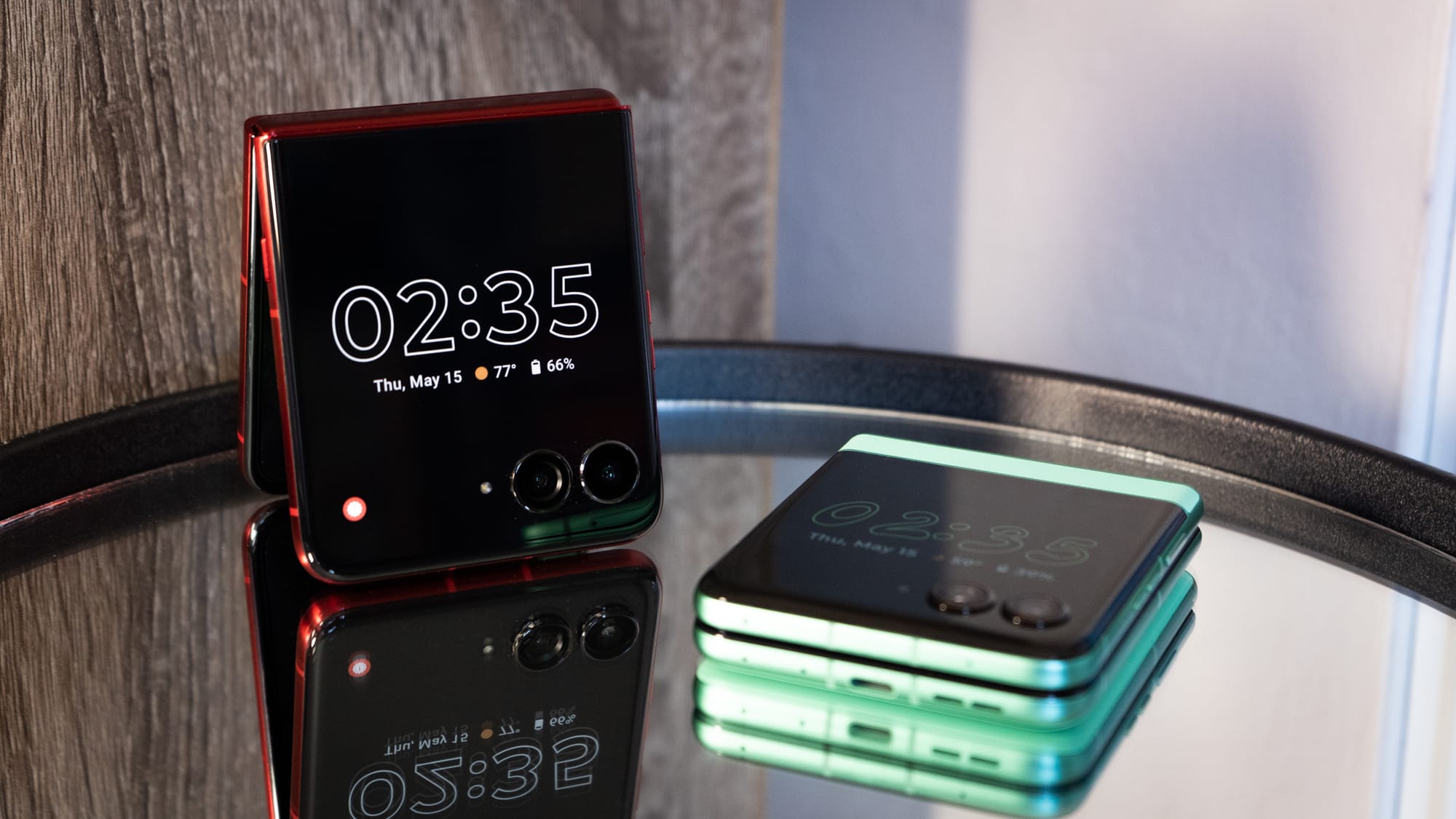
I was not a fan of the original Motorola Razr flip phone, which debuted when Usher and Ludacris were at the top of the charts. I do not share the same feelings of nostalgia that others do about it. Moto's Razr was decidedly subpar compared to what I used from Samsung then. I even remember reading a review and thinking about how superior my phone was compared to the Razr. And so, I carried this sentiment into the latest era of folding smartphones.
It took Motorola a while to find its stride with the Moto Razr for the new world, which added to my initial skepticism. The first generation batch had complaints of creakiness, fragility, and mediocre cameras. But after that, Moto kept improving each version, showing a clear commitment to the bit. I get it: it had a hit with the Razr in the past, so why not try to make lightning strike twice?
This latest iteration, the fifth generation of folding Razrs, shows how far Moto has come since its first dance. Motorola now offers three choices if you want something more than the baseline foldable, up to the Razr Ultra, which seems packed with hardware so it can compete alongside other flagship phones, even the non-bendy kind.
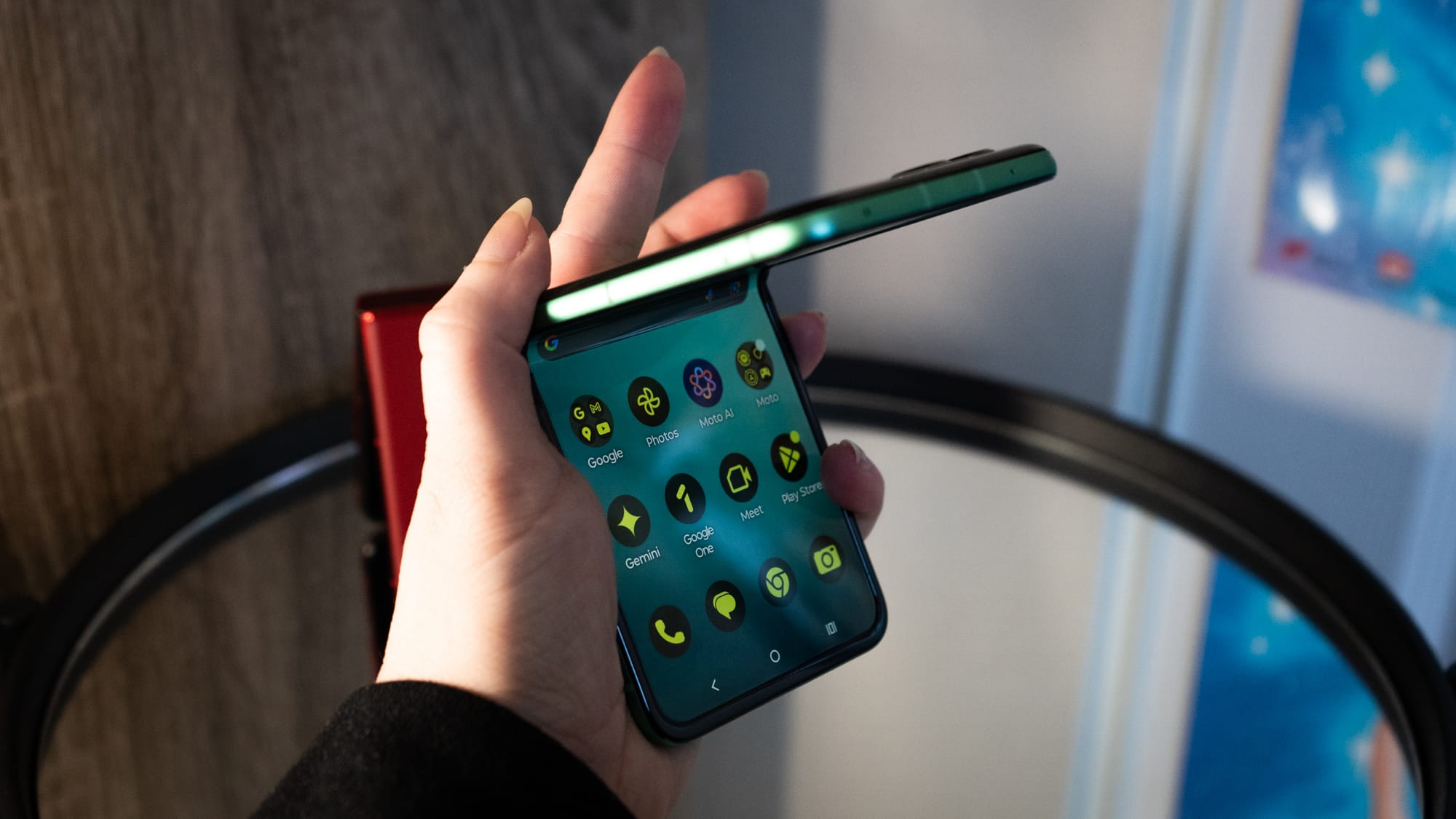
Motorola sent us the first-tier Moto Razr in Spring Bud (green!) and the Moto Razr Ultra in Rio Red to test. We're still running it through its paces, but I got a chance to get a feel for what's next. I've been exclusively using the Motorola Razr Ultra for the past week to give it a go after having avoided the flip phone fad for the past few years. I became a bigger fan of book-style foldables like Samsung's Z Fold because of how much I can multitask with it and get things done. The Razr Ultra softened me a bit, though. The ability to use whatever app you want through the 4-inch cover screen makes it seem more like a two-in-one device. And I'm especially captivated by that satisfying snap! that occurs every time I shut either model of the Razr closed.
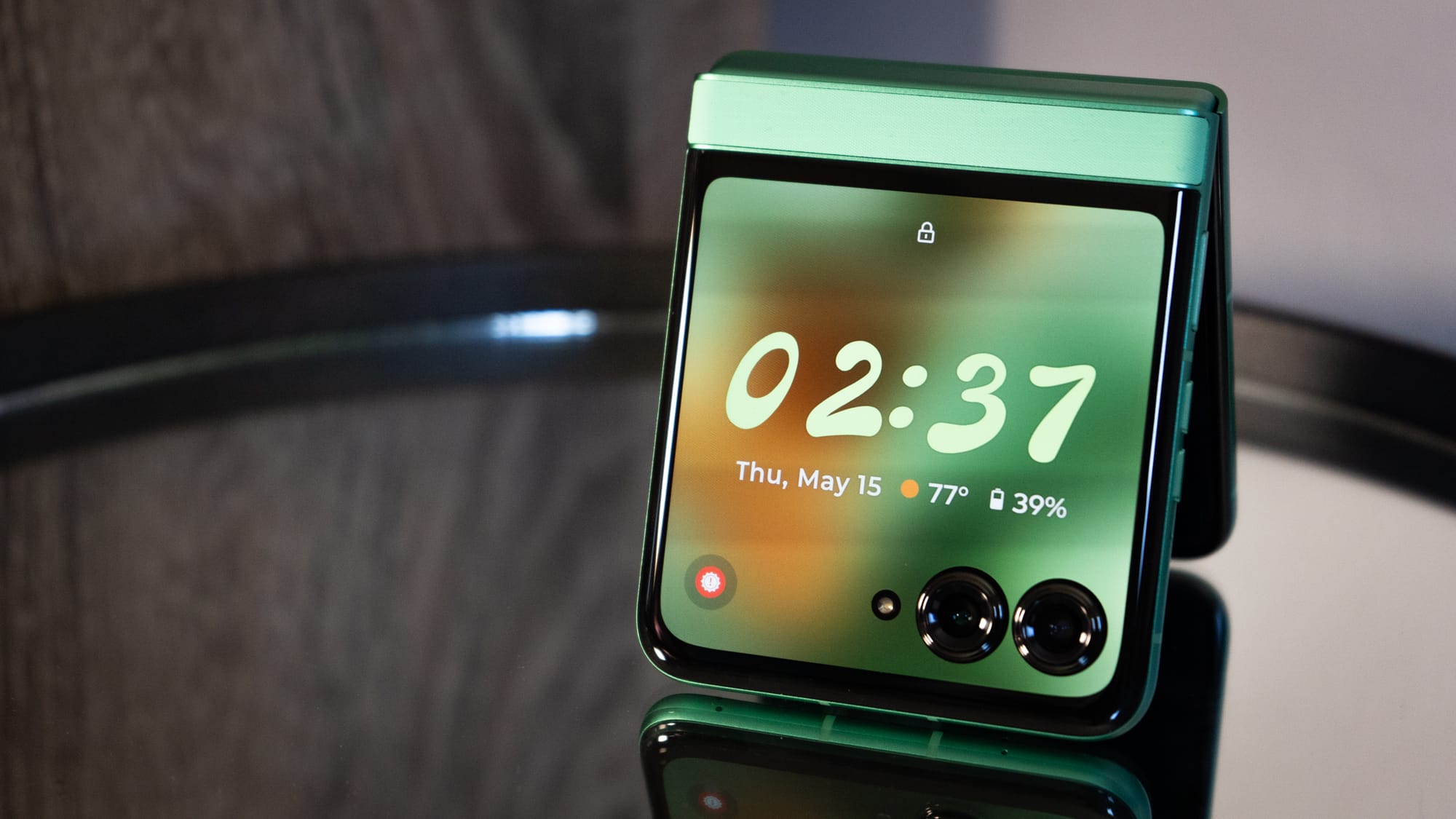
The Moto Razr and Razr Ultra are vastly different offerings in terms of specifications. At $700, the Moto Razr is a "barebones" flip phone. It has a MediaTek Dimensity 7400X chip and 8GB of RAM. Compared to the $1,300 Moto Razr Ultra, equipped with a Qualcomm Snapdragon 8 Elite and 16GB of RAM, the first-tier Razr is the minimum offering for anyone into the phone for the sheer novelty of the flip.
The $1,000 Moto Razr Plus is another option between the two for those who can afford to put down a little more cash and would prefer a Qualcomm chipset to the MediaTek and 12GB of RAM—it's what I'd suggest if you care about popping into Pokémon Go or a similar type of game, as flipping between that app and a resource sucker like Spotify will top out the phone's memory capacity real quick. The extra RAM is also something to consider if AI is your thing, which Moto packs into the Razr as much as Google and Samsung do on theirs. It's part of the Android ethos now.

The cover screen helps the Moto Razr lineup stand out from other offerings. The 3.6-inch P-OLED on the Razr and the 4-inch on the Razr Plus and Razr Ultra are fluid and easy to use. It does take some setup before you can get into a groove with using apps exclusively through the cover screen, but once you get the hang of it, you'll find yourself opening up the phone much less for basic tasks.
Battery life is suitable for a phone this small. The Razr has a 4,500 mAh battery, while the Razr Ultra tops at 4,700 mAh. Weirdly, the Razr Plus has the smallest battery of the bunch at 4,000 mAh. All three models offer fast charging capabilities, with the Ultra charging the most rapidly. The phone charged fully on a non-Moto 65-watt power brick in about an hour. The Moto Razr and Razr Plus also have fast charging capabilities for their respective batteries, though they cap at 30W and 45W. The entry-level Razr is the only one that doesn't offer 5W reverse charging.
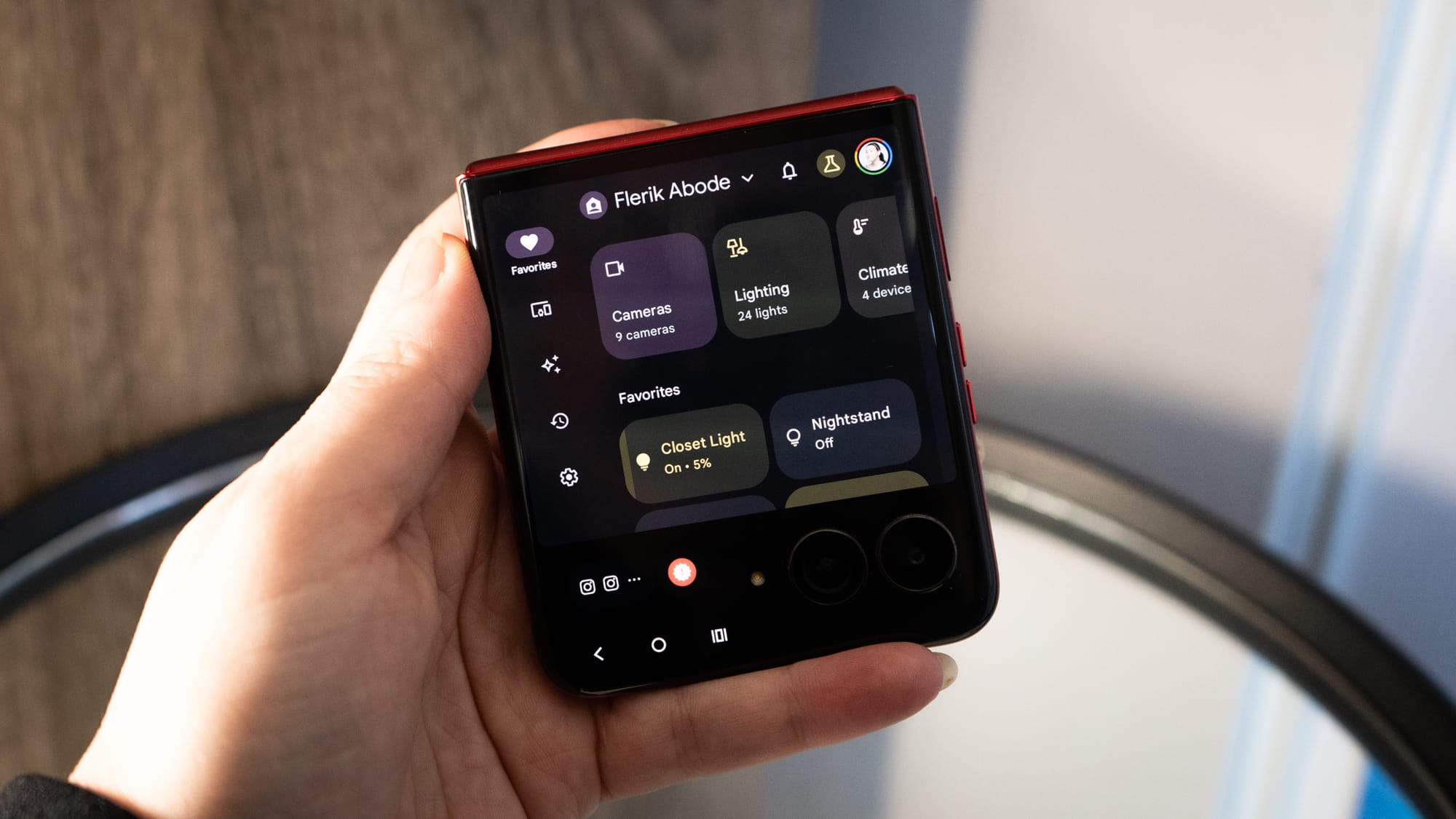
| Which Moto? | Rear Camera 1 | Rear Camera 2 | Selfie Camera |
|---|---|---|---|
| Motorola Razr 2025 | 50MP, f/1.7, 0.8μm, 12.6MP Quad Pixel Technology, 1.6μm, Instant all-pixel PDAF, OIS, Pantone Validated Color and Skin Tones | 13MP ultrawide, f/2.2, 120° FOV, 1.12 μm | 32MP (f/2.4, 0.7μm) or 8MP (f/2.4, 1.4um) Quad Pixel |
| Motorola Razr Plus 2025 | 50MP (f/1.7, 0.8μm) or 12.6MP (1.6μm Quad Pixel), OIS | 50MP telephoto lens (f/2.0, 0.64um) or 12.6MP (1.28μm Quad Pixel), 2x optical zoom | 32MP (f/2.4, 0.7μm) or 8MP (f/2.4, 1.4um) Quad Pixel |
| Motorola Razr Ultra 2025 | 50MP, f/1.8, 1.0μm, 12.6MP Quad Pixel Technology, 2.0μm, Instant all-pixel PDAF, OIS, Pantone Validated Color and Skin Tones | 50MP ultrawide, f/2.0, 122° FOV, 0.6μm, 12.6MP Quad Pixel Technology, 1.2μm | 50MP, f/2.0, 0.64μm, 12.6MP, Quad Pixel Technology, 1.28μm |
I'm still testing the cameras between the Razr and the Razr Ultra. Motorola's cameras have improved with the aid of its Pantone partnership. Still, the results of the photos can seem rather "crispy" compared to the shots you'd get on a Z Flip, suggesting a ton of post-processing going on. I'm also intrigued by the relative green hue of these nighttime photos.



Enjoy these random shots taken with the Moto Razr Ultra 2025 cameras. Credit: Florence Ion/Android Faithful
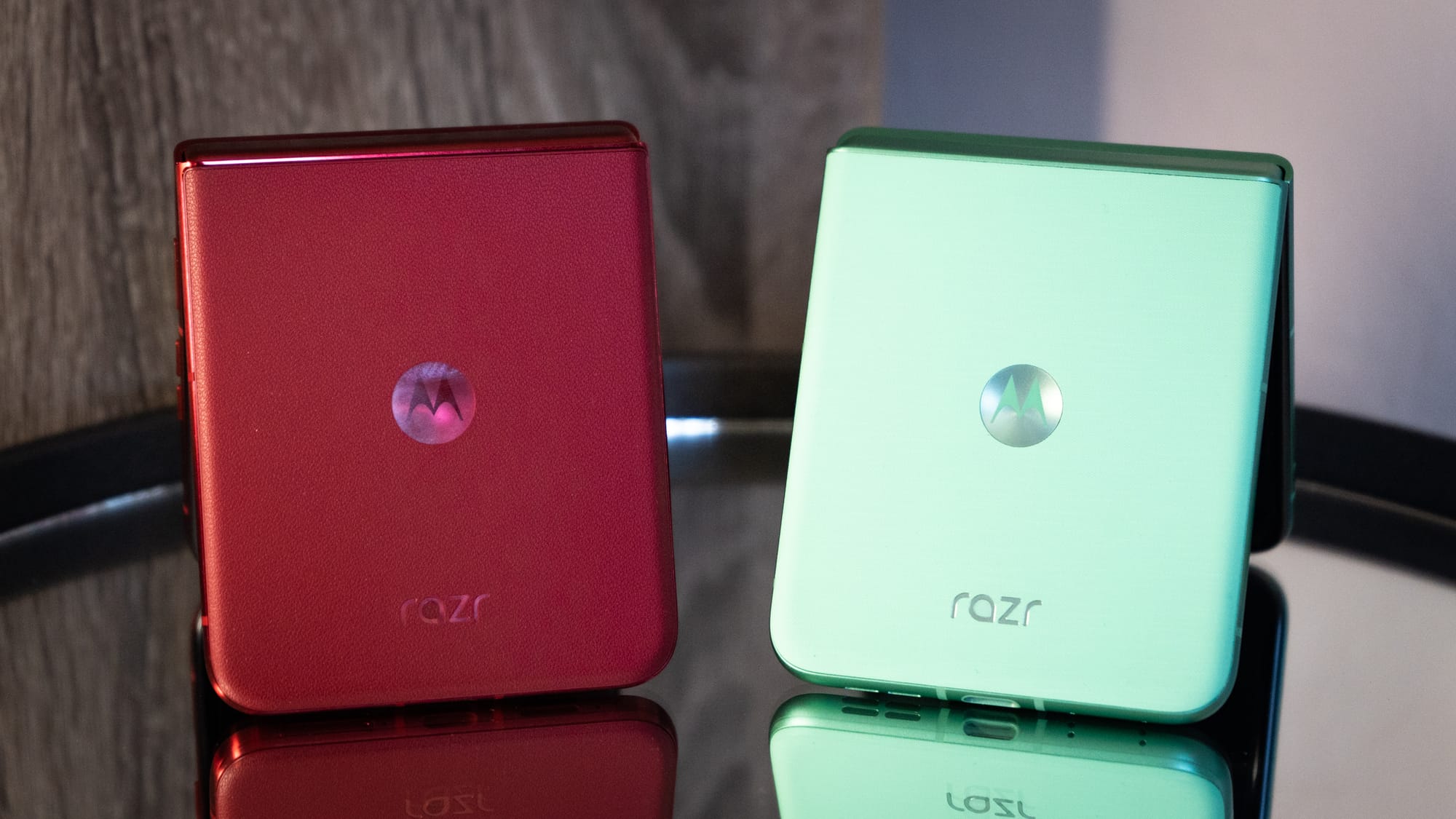
The Motorola Razr 2025 lineup has something for everyone. The base model Razr is a solid foldable in catchy colors, starting at $700. It has a capable camera system and a large battery. It also has a smaller cover screen and dialed-down chipset. It will be fine for day-to-day use, but if you plan to utilize AI, consider it the mid-range choice compared to the Razr Plus/Razr Ultra's Qualcomm silicon.
The $1,000 Razr Plus features a faster processor and a bump up in memory, though its battery is a little smaller. If you want a telephoto lens, consider this Moto foldable.
The Razr Ultra is the ultimate choice for those willing to drop the $1,300 for a device meant to one-up Samsung. It has a faster processor, the most RAM, and an ultrawide camera. It also offers the fastest charging speed and most durability, though all phones are IP64 rated.
We'll have more on the experience of using the Moto Razr 2025 lineup in the coming weeks. Stay tuned! In the meantime, check out Jason Howell's initial impressions of the Moto Razr Ultra: